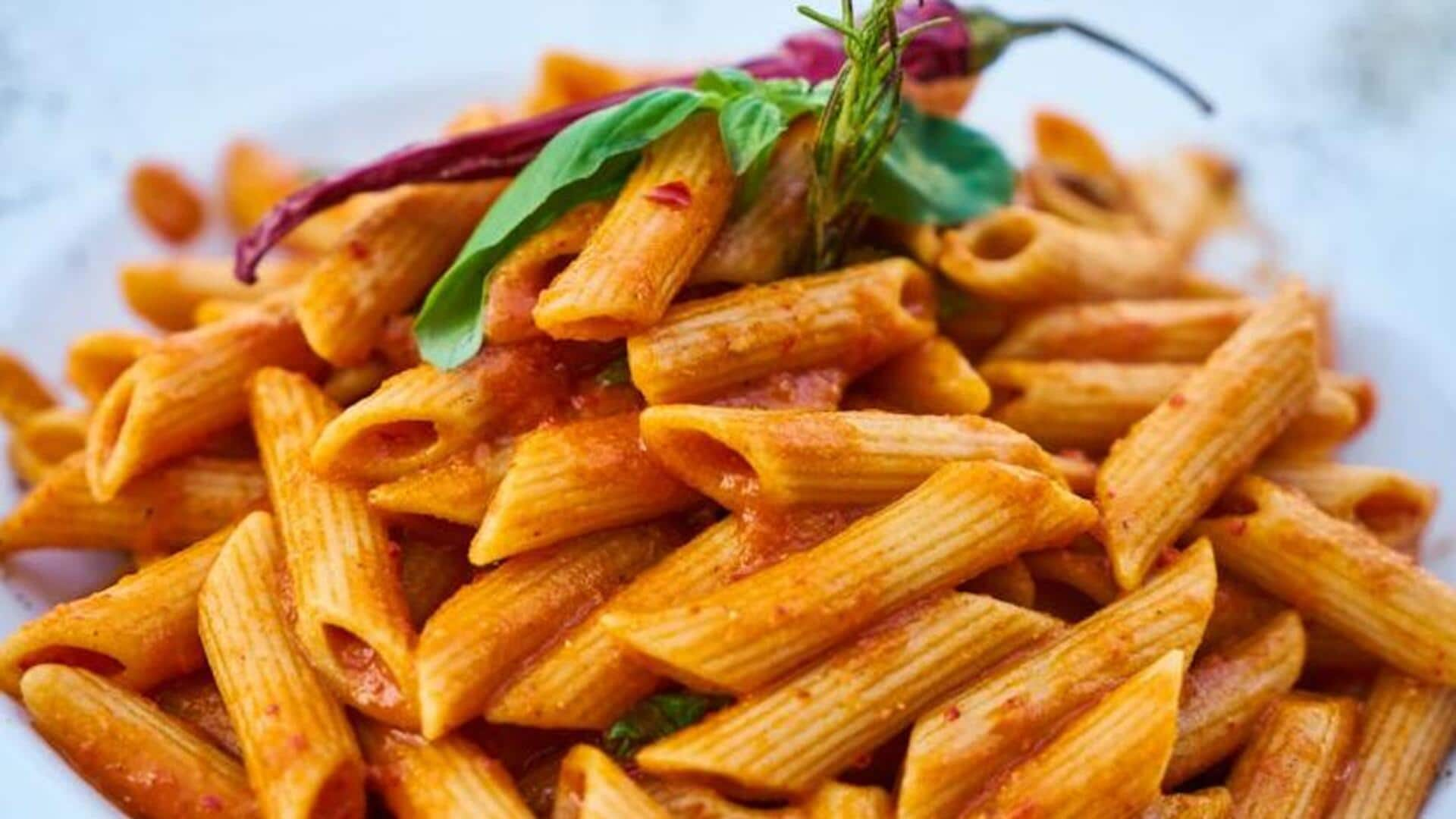
The art of Italian pasta-making: A timeless tradition
What's the story
Italian pasta-making is a beloved tradition that has been passed down through generations.
This culinary art includes techniques that have been honed over centuries, guaranteeing the perfect texture and flavor in every dish.
From choosing the right flour to perfecting the kneading process, every step is essential in preparing authentic pasta.
These time-honored methods not only safeguard cultural heritage but also unite families as they share and relish homemade meals.
Ingredients
Choosing the right ingredients
The foundation of great pasta lies in its ingredients.
Traditional recipes often call for semolina flour, which is rich in gluten, giving pasta its firm texture.
Some regions prefer all-purpose flour or a mix of both for different textures.
Water is another key component; some recipes use water instead for richness and color.
The choice of ingredients can vary by region, reflecting local tastes and traditions.
Kneading
Mastering the kneading process
Kneading is an integral step of pasta-making that impacts the elasticity and texture of the dough.
The dough is worked till it becomes smooth and pliable, something which takes about 10 minutes by hand.
This action develops gluten strands, which are essential for holding shape during cooking.
Experienced cooks tend to rely on touch to know when the dough has reached the right consistency.
Rolling
Rolling out perfect sheets
Once kneaded, rolling out the dough takes skill so that it doesn't tear apart while achieving uniform thickness.
Traditionally done with a wooden rolling pin or a hand-cranked machine, this step ensures that the pasta cooks evenly all through.
The thickness depends on whether you're making lasagna sheets or thinner noodles like tagliatelle.
Shaping
Shaping with precision
Shaping gives each type of pasta its unique identity—from long strands like spaghetti to intricate shapes such as farfalle or orecchiette.
Each form serves a purpose in holding sauces differently, while adding visual appeal at mealtime tables across Italy's diverse regions.
These shapes originated from centuries ago!